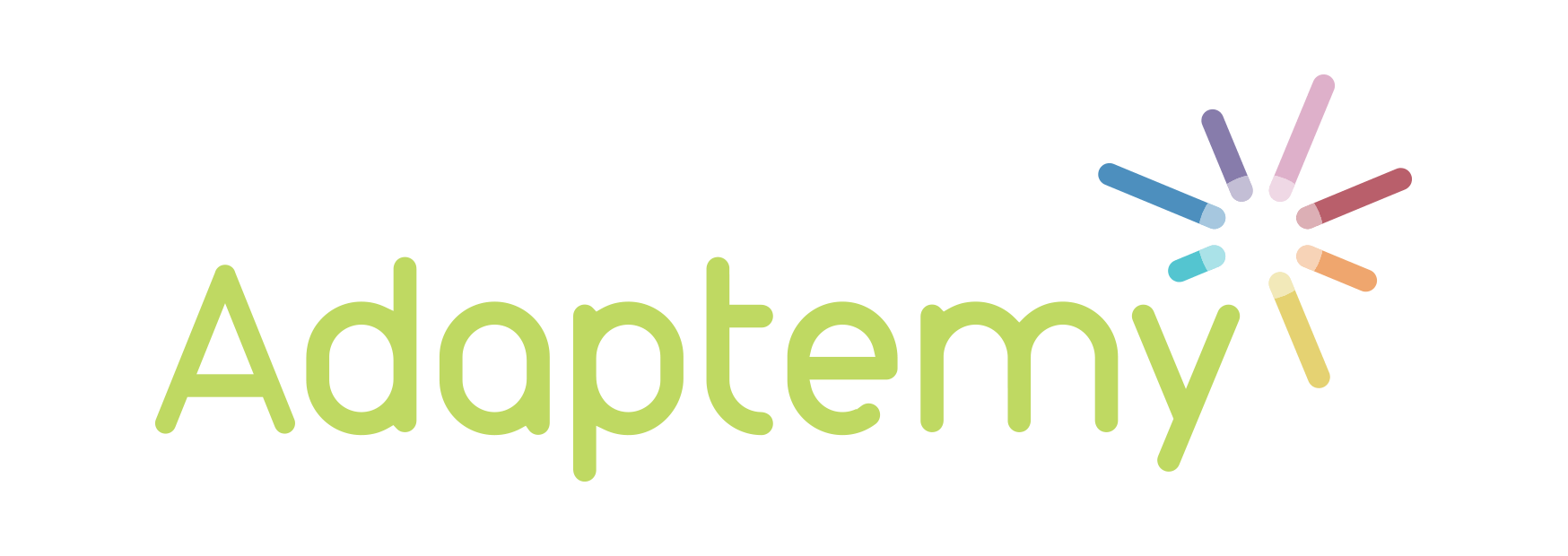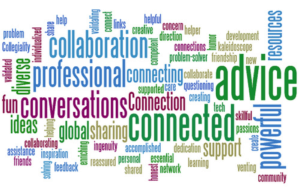What is a Personal Learning Network?
In order for the field of education to remain collaborative and dynamic, every educator must have their own Personal Learning Network. Personal Learning Networks may be broken down into three components: (1) they are personal because they rely on forming relationships with other people rather than simple exchanges of information, (2) they involve learning because these relationships facilitate collaboration and sharing ideas, and (3) they are networks because they consist of an expansive and wide-reaching range of connections that are formed by giving and receiving knowledge. While Personal Learning Networks have increased in popularity due to the availability of digital solutions that connect educators from around the world, each and every one is unique and tailored to the needs of the individual.
Why are Personal Learning Networks important?
Building a Personal Learning Network is an important task for all teachers because they provide a range of ideas and resources that reaches far beyond those that are available elsewhere. Teachers can reach out to their Personal Learning Networks at any time if they are in need of support, inspiration, or material, and this serves to empower teachers because they must use their professional judgment to choose those resources that best serve their needs. Interacting with a variety of educational professionals allows teachers to expand their horizons and make valuable contributions to important discussions in the field.
How can Personal Learning Networks be built?
Although building a Personal Learning Network takes time, most teachers find it to be a thoroughly engaging and enjoyable experience. It is important to note that no conference, course, or workshop will ensure that teachers will begin to connect and collaborate with each other because this process must be fuelled by individual motivation and enthusiasm. Begin by allocating a few minutes each day to spend time on Twitter and read blog posts. While it can be useful to observe at first, reaching out to others on Twitter by following relevant accounts, retweeting and favouriting tweets, and participating in Twitter chats using hashtags is an excellent way to build relationships and share information. People are always happy to help teachers who are new to building a Personal Learning Network using Twitter, so don’t hesitate to ask for help if you get stuck. Keep in mind that your Personal Learning Network can be adapted in an infinite number of ways to meet your needs and remove any aspects that are not working for you.
How can they be maintained?
Distinguishing between building and maintenance in relation to Personal Learning Networks is complicated because constant growth and change are central to getting the most out of any professional network. However, teachers who have built substantial relationships that involve sharing and receiving knowledge can continue to refine and expand their Personal Learning Networks by getting involved in different activities. For example, starting your own blog or hosting a Twitter chat are excellent ways of embracing and maintaining your Personal Learning Network. The personalised nature of these networks means that teachers are sure to engage with them on a regular basis and enjoy their continued growth as a result.
Building and maintaining a Personal Learning Network is the best thing that an educator can do for themselves and for their students, and the above tips will help to make this process simple and enjoyable. Connect with us by tweeting us @adaptemy!



